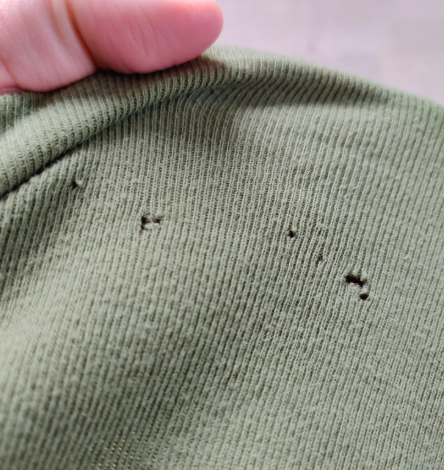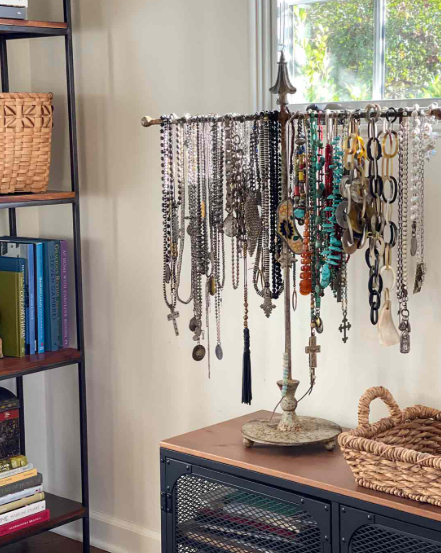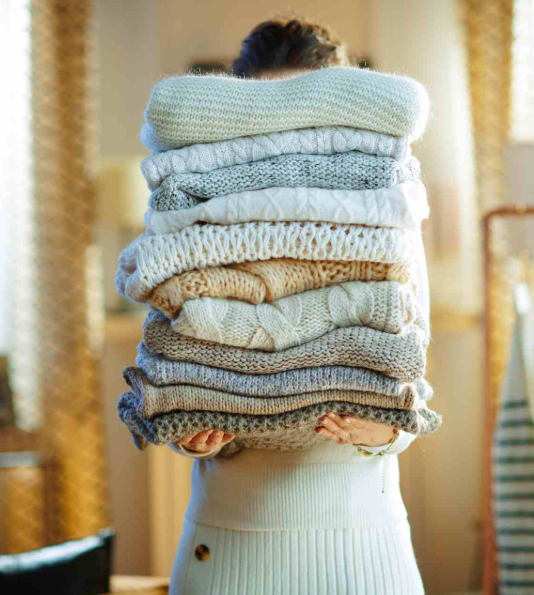
Preserving Vintage Garments for the Goodwood Revival
With the Goodwood Revival just around the corner, it’s time to get your vintage wardrobe ready for the event. Whether you’re planning to wear a 1940s tea dress or a stylish 1960s mod suit, preserving your vintage garments is crucial to keep them looking their best for years. Vintage clothing requires special care to maintain its beauty, so let’s walk through how you can preserve and store your treasured pieces effectively.
The Importance of Repairing Vintage Clothing
Vintage garments, by their nature, can be fragile and often show signs of wear due to age. Before you wear your beloved vintage pieces to the Goodwood Revival, it’s essential to inspect and repair any damage. Mending your vintage clothes not only helps to preserve them but also extends their lifespan, reducing waste and preventing garments from being discarded prematurely.
According to a study by WRAP, 30% of people have clothes they no longer wear because they need repairing. Taking the time to fix those items can reduce waste and breathe new life into pieces you love.
Inspecting for Damage
The first step in preserving your vintage clothing is to check for any damage. Look closely for loose threads, missing buttons, small tears, or any other wear, particularly around seams, hems, and underarm areas where garments are most vulnerable.
Simple Repair Tips
If you spot small tears, they can often be repaired with a needle and thread, using a matching color. For missing buttons, you can replace them with vintage-style buttons or modern reproductions. If you’re not confident in your sewing skills, don’t hesitate to take your garment to a professional who specializes in vintage repairs.
When repairing, try to keep the garment’s authenticity intact by using similar fabrics and materials. Avoid modern techniques that could alter the original look and feel of the garment.
Protecting Your Vintage Pieces from Damage
Once your garments are repaired, the next step is to protect them from further damage, particularly from pests like clothes moths, moisture, and dust. These factors can cause irreversible damage over time, so proper protection is key.
Moth Protection
Moths are notorious for feeding on natural fibers like wool, silk, and cashmere. To keep moths at bay, make sure to clean your garments before storing them, as moths are attracted to oils, sweat, and food particles. Natural moth repellents, such as cedarwood hanging blocks and moth-repellent sachets, can help protect your vintage pieces from these pests.
Proper Cleaning
Vintage clothing needs gentle cleaning to preserve its fabric and intricate details. For delicate fabrics, hand wash using a mild detergent designed for vintage clothing, or take them to a dry cleaner who understands how to handle these delicate items.
Protective Covers
Use breathable garment bags to store your vintage clothing and keep dust and dirt at bay. Avoid plastic covers, as they trap moisture and can cause mildew. Non-woven garment bags are ideal for this purpose, as they allow the garments to breathe while protecting them.
Storing Vintage Garments for Long-Term Care
When you’re not wearing your vintage clothes, proper storage is essential for maintaining their condition. Here’s how to keep your garments safe when they’re not in use:
Clean Before Storing
Before packing away your garments for storage, always make sure they’re clean. Even clothes that seem clean can harbor oils and residues that attract moths and degrade the fabric over time.
Use Acid-Free Materials
Store delicate vintage garments in storage boxes or wrap them in acid-free tissue paper to prevent yellowing and degradation caused by acid in regular materials. This is especially important for light-colored fabrics or those made from delicate fibers.
Avoid Attic or Basement Storage
Avoid storing your vintage clothes in attics or basements, where temperature and humidity fluctuations can cause damage. Instead, store them in a climate-controlled room, such as a wardrobe or storage chest, that offers a stable environment.
Regular Inspections
Even with proper storage, it’s important to periodically inspect your vintage clothing. Look for any signs of moth activity, fabric damage, or other issues. Regular checks will help you catch problems early and ensure your garments stay in top condition.
Additional Tips for Vintage Clothing Care
Steam with Care
If your vintage clothes get wrinkled, use a steamer on a low setting. Ironing can be too harsh on delicate fabrics, so if you must iron, use a low heat setting and always place a cotton cloth between the fabric and the iron.
Keep Clothes Fresh
Use scented sachets in your storage boxes to help keep your garments smelling fresh. These sachets not only impart a pleasant fragrance but also help deter moths with natural essential oils.
Professional Care for Special Pieces
For particularly valuable or fragile vintage items, consider professional storage or care. Specialized services like Total Wardrobe Storage offer the perfect solutions for keeping your most precious garments safe.
Preparing for the Goodwood Revival
As you prepare for the Goodwood Revival, taking the time to repair, protect, and properly store your vintage clothing will ensure they stay in excellent condition for years. Proper care will allow you to enjoy wearing your cherished pieces while preserving their beauty for future generations.






